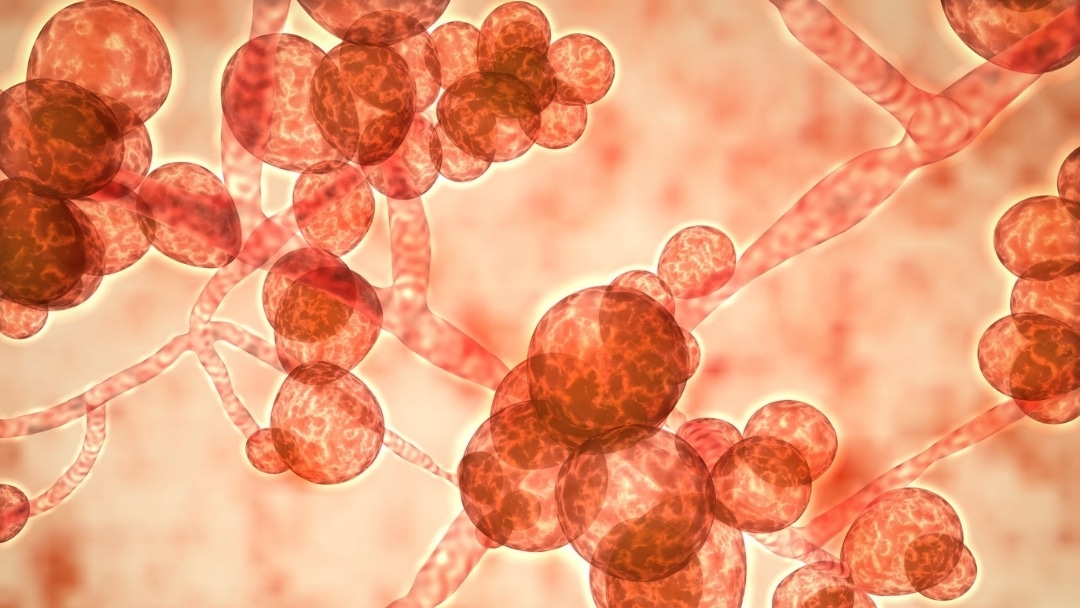The medical histories of distractible children often include frequent use of antibiotics or steroids, digestive disturbances and/or food sensitivities.
Any one of these can impair immune functioning and pre-dispose children to the overgrowth of small amounts of pathological bacteria and yeast that normally reside in the gut in controlled amounts.
Organic Acid Test
Dr. William Shaw, the Director of Great Plains Laboratory, has discovered a way to monitor the by-products or metabolites of imbalanced gut flora in children with developmental issues ranging from attention deficits to autism.
He does this by quantifying specific organic acids in the urine, a test known as the Organic Acid Test (OAT). These substances are part of a large family of organic acids that have been observed for years in children with genetic disorders.
Unlike organic acids traditionally measured to diagnose chromosome abnormalities and other syndromes, the obscure set of organic acids Dr. Shaw decided to study, appears to be the actual yeast or fungal by-products that have been filtered into the urine by the kidneys.
After noting consistently high levels of these unusual organic acids in the urine of children diagnosed as having autism, Dr. Shaw scoured the medical literature hoping to identify their source and to understand the meaning of their presence.
He was surprised to find that 60 years ago it was discovered that fungus and anaerobic bacteria (bacteria that can only grow in an oxygen-free environment) produced the suspicious acids by altering normally occurring body chemicals.
For example, malic acid, a common molecule need by the body to make energy, could be converted by yeast into the rare organic acid citramalic. Humans are supposed to have malic acid in their systems, but little if any citramalic acid should be present. Yet the urine of a child diagnosed as having an attention deficit or autism could have from three to ten times the normal level of citramalic!
Yeast and bacteria by-products, such as citramalic acid, are confusing to the body because they are so similar to chemicals used to create energy. The scientific word for this chemical similarity is “analog”.
The body is tricked into substituting the fungal by-products in the energy-making process. Problems ensue when the chemical reaction attempts to run with a substance that is not exactly right.
Chemists often compare this situation to using the wrong key in a lock. The key may slip in easily, but not turn or break off, ruining the lock for future use.
Symptoms of Fungal/Anaerobic Bacterial Infection
Symptoms or negative reactions occur when the level of these pathological organisms becomes so high that the body cannot process all the waste and toxins; therefore they are dumped into the blood. When the blood is filtered by the kidneys, the markers can be read in the urine.
The symptoms of overabundance of yeast metabolites in the body are wide-ranging and vary in severity depending on the quantity and type of metabolite. They include mood fluctuations, spaciness, distractibility, fatigue, irritability, aggressiveness, giggle fits, sleep disturbances and perseverative behaviors to name a few.
The levels of these distressing symptoms can be monitored behaviorally but measuring the analog levels in the urine can serve as an additional check to determine whether a child’s behaviors are being aggravated by an imbalance in gastrointestinal organisms and if treatment is warranted.
Treatment of Fungal/Anaerobic Bacterial Infection
Treatment includes dietary reduction of simple sugars such as juices and sweets, which are the perfect food for yeasts to grow. (If you have ever proofed yeast to make bread, you are familiar with this process.)
Identifying and minimizing exposure to allergens may also help decrease agitation of the gut. Fungus grows well in an inflamed and irritated environment.
Improving the digestive function is an important part of any successful campaign against yeast. Adding good bacteria, such as L. acidophilus or or L. bifidus, can also help restore the healthy flora.
These can be purchased at a health food store or at some pharmacies. Ask a health professional for guidance as to the proper dosage. Be sure to buy a brand that needs refrigeration, not one from the shelf, to assure freshness.
However, once fungi have established themselves, they can be difficult to control using diet alone. The Great Plains organic acids test (OAT) can be a useful tool to dialogue with your physician about using anti-fungals.
Still Looking for Answers?
Visit the Epidemic Answers Provider Directory to find a practitioner near you.




